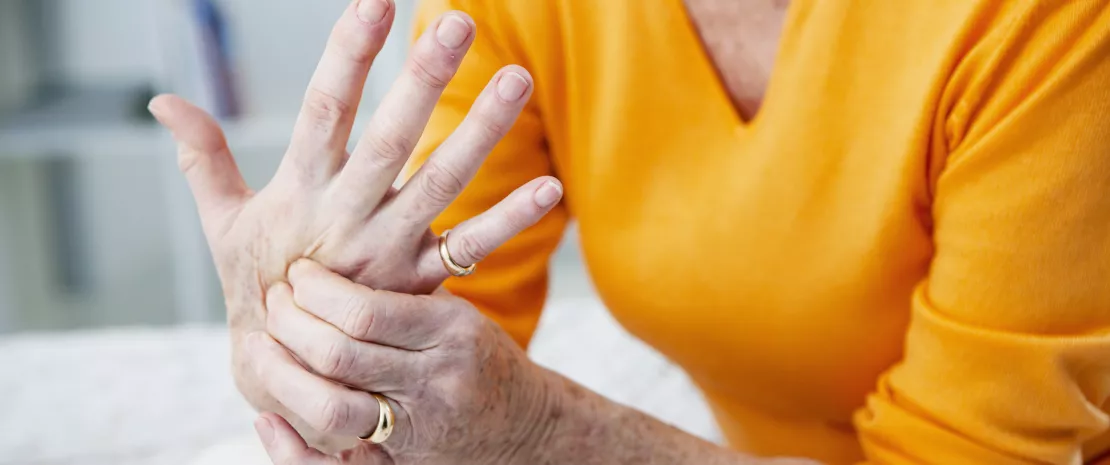Natural remedies against osteoporosis?
Menopause is characterized by estrogen deficiency, which reduces bone mineral density (BMD) and changes the bone structure, thus exposing women to a higher risk of osteoporosis and fracture. This period of hormonal changes is also associated with various autoimmune and inflammatory diseases. Understanding the involvement of the microbiota and its interactions with estrogen levels and the immune system could lead to preventive and/or curative treatments for menopausal women as an alternative to the standard hormone replacement therapy (HRT).

About this article
Created
09 October 2019
Updated
03 January 2022
Old sources












